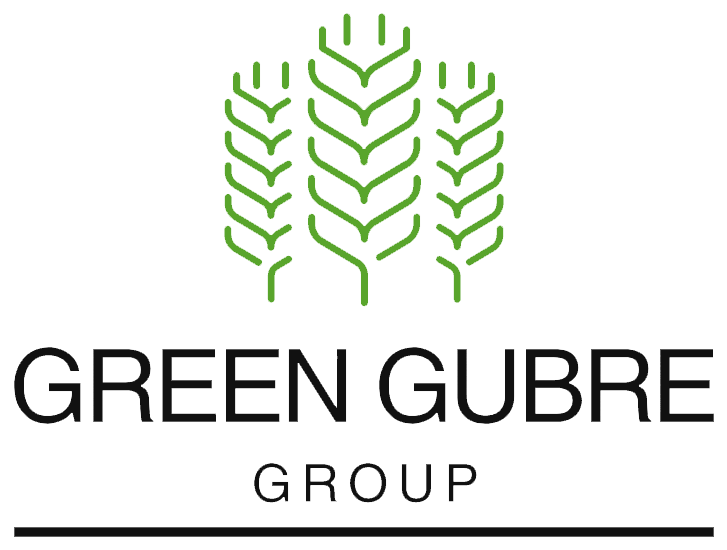Strategies for Managing Fertilizer Supply Chain Disruptions in 2025-A Comprehensive Guide for Stakeholders in the Fertilizer Industry
Strategies for Managing Fertilizer Supply Chain Disruptions in 2025-A Comprehensive Guide for Stakeholders in the Fertilizer Industry

In 2025, the global fertilizer industry is grappling with unprecedented and urgent supply chain challenges. These disruptions, from raw material sourcing to final delivery, affect the delicate balance of the fertilizer supply chains. The complexities of these chains, spanning multiple continents and involving bulk maritime transport, sensitive pricing mechanisms, and strict regulatory oversight, make them particularly vulnerable to disruptions such as geopolitical conflict, port congestion, natural disasters, and fluctuating freight and energy costs. This blog explores the landscape of these urgent supply chain challenges in the fertilizer sector and offers actionable strategies for stakeholders to manage and mitigate these disruptions.
Understanding the Impact of Supply Chain Disruptions
Fertilizer supply chains are built on a delicate balance of logistical coordination, raw material availability, and international trade flows. Any breakdown in this chain—from production halts in exporting countries to transportation issues or policy changes—can severely impact global agricultural productivity.
Key Supply Chain Challenges in 2025:
1.Geopolitical Instability:
Ongoing conflicts, including the Russia-Ukraine war, continue to affect the global movement of key fertilizers such as urea, potash, and phosphates. Sanctions and trade restrictions have limited access to major producers, creating regional imbalances.
2. Freight Volatility:
Fluctuating freight rates, driven by fuel prices, vessel shortages, and port backlogs, have caused erratic shipping costs. These unpredictable logistics expenses have pushed CIF (Cost, Insurance, and Freight) prices, squeezing margins for traders and buyers.
3. Energy Prices and Raw Materials:
Natural gas, sulfur, and ammonia—key inputs in fertilizer production—are subject to global commodity market swings. High energy costs in Europe and Asia have reduced output and forced producers to limit exports.
4. Environmental Regulations:
New policies such as the EU’s Carbon Border Adjustment Mechanism (CBAM) add compliance burdens and costs to exporters, especially those in countries without carbon-neutral infrastructure.
5. Port and Infrastructure Limitations:
In emerging markets like West Africa and Southeast Asia, ports often struggle with limited capacity, weak infrastructure, and customs delays, making fertilizer delivery timelines harder to predict.
Strategies for Managing Fertilizer Supply Chain Risks
Fertilizer producers, traders, and buyers must adopt robust strategies to reduce the risks associated with supply chain disruptions. Here are some proven approaches to consider in 2025:
1.Diversify Supplier Base
Why It Matters:
Relying on a single supplier or region during disruptions can create bottlenecks. Diversification spreads risk and increases access to alternative sources.
How to Implement:
- Establish sourcing agreements in multiple countries (e.g., the Middle East for urea, Morocco for phosphates, and China for ammonium sulfate).
- Monitor regional production trends and form backup supplier relationships.
2. Optimize Logistics and Freight Planning
Why It Matters:
Logistics delays and high freight costs directly impact landed prices and profitability. Efficient transportation planning can reduce demurrage fees and improve delivery timelines.
How to Implement:
- Use forward freight contracts to lock at rates during volatile periods.
- Prioritize CIF vs. FOB terms based on buyer capacity to manage shipping.
- Work with reliable freight forwarders who offer bulk vessel consolidation services.
3. Strengthen Inventory Management
Why It Matters:
Maintaining adequate inventory buffers helps mitigate the impact of shipment delays and price spikes during supply disruptions.
How to Implement:
- Increase storage capacity near key ports or inland hubs.
- Use seasonal forecasting tools to stockpile fertilizers ahead of peak planting periods.
- Employ Just-in-Time (JIT) principles with flexibility to adjust based on demand.
4. Invest in Local Distribution Infrastructure
Why It Matters:
Regional storage and blending facilities reduce the time from the port to the farm gate, helping suppliers respond more quickly to changing demand.
How to Implement:
- Build or partner with regional warehouses and bagging facilities.
- Establish satellite hubs in high-demand regions like Ghana, Nigeria, and Brazil.
5. Embrace Digital Supply Chain Tools
Why It Matters:
Real-time visibility and predictive analytics enhance decision-making, improve coordination, and reduce supply chain blind spots.
How to Implement:
- Use GPS and IoT tracking for fertilizer shipments.
- Implement supply chain management software for inventory forecasting and supplier performance tracking.
- Leverage AI-powered platforms to assess price risk and logistics trends.
6. Adapt to Regulatory Compliance (e.g., CBAM)
Why It Matters:
Regulatory compliance can become a barrier to market access if not proactively managed.
How to Implement:
- Calculate and report product emissions for all EU-bound exports.
- Use certified low-carbon or green ammonia options when possible.
- Collaborate with trade bodies to stay informed about upcoming compliance requirements.
7. Build Strategic Partnerships
Why It Matters:
Strong partnerships can provide operational flexibility, shared warehousing, and market insights during volatile periods.
How to Implement:
- Develop long-term contracts with producers, cooperatives, and distributors.
- Participate in trade consortiums or alliances for information sharing and lobbying.
Conclusion
Supply chain disruptions are now a constant challenge in the global fertilizer market. However, by adopting proactive strategies such as supplier diversification, logistics optimization, and regulatory adaptation, stakeholders can better position themselves to navigate the uncertainties of 2025. The path forward lies in greater collaboration, digitalization, and investment in resilient infrastructure. All stakeholders in the fertilizer industry must come together and invest in these strategies to ensure a more stable and profitable future.
Green Gubre Group, a leading player in the global fertilizer market, remains committed to providing secure, timely, and cost-effective fertilizer supply solutions through our strong worldwide network and strategic foresight. Contact us to learn how we can support your operations in a dynamic market environment.




